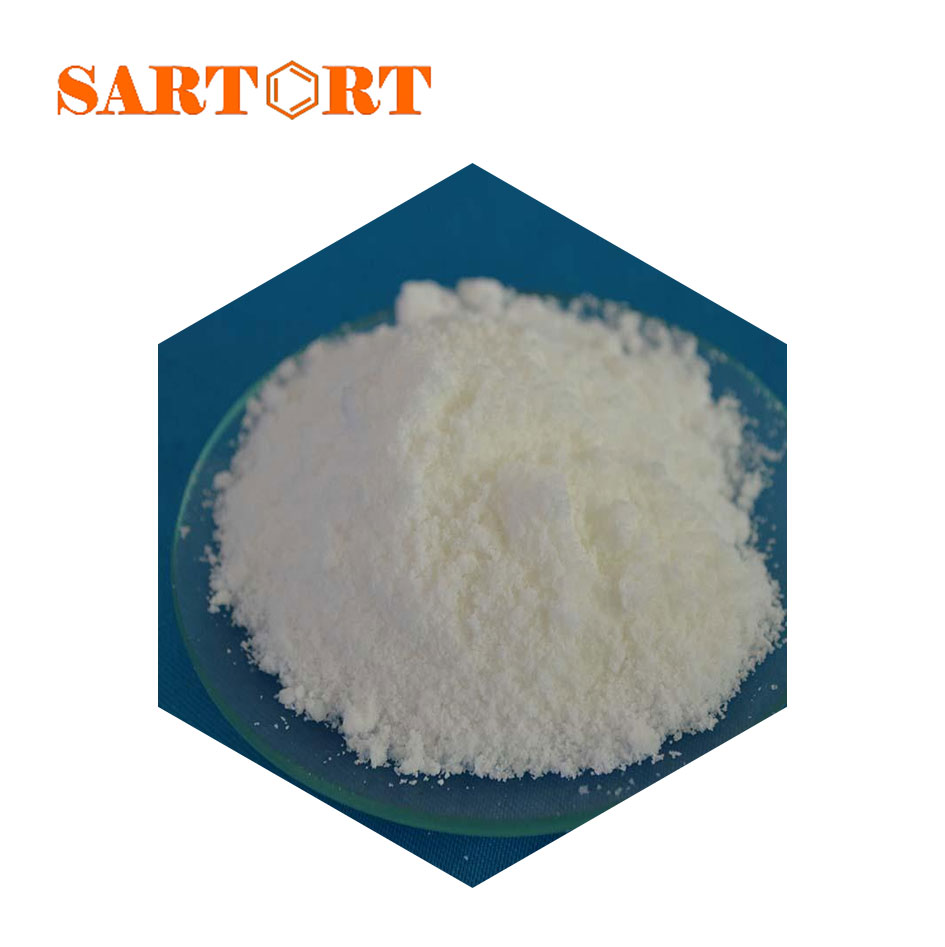Top quality favipiravir High quality
Chinese name: Fapilavir
Chinese synonyms: Favipiravir (6-fluoro-3-hydroxypyrazine-2-carboxamide); Favilavir; 6-fluoro-3,4-dihydro-3-oxo-pyrazinecarboxamide;
6-fluoro-3-hydroxypyrazine-2-carboxamide; 2-hydroxy-3-carboxamido-5-fluoropyrazine; 6-fluoro-3-hydroxypyrazine-2-carboxamide (fapiravir
); Favipiravir API; Favipiravir
English name: favipiravir
English synonyms: Pyrazinecarboxamide,6-fluoro-3,4-dihydro-3-oxo-(9CI);Favipiravir;Unii-ew5gl2X7E0;6-fluoro-3,4-dihydro-3-oxo-Pyrazinecarboxamide;6-fluoro-3
,4-dihydro-3-oChemicalbookxo-(9CI);T-705;PYRAZINECARBOXAMIDE,6-FLUORO-3,4-DIHYDRO-3-OXO-;6-Fluoro-3-hydroxypyrazine-2-carboxamide
CAS Number: 259793-96-9
Molecular formula: C5H4FN3O2
Molecular mass: 157.1
EINECS number: 1533716-785-6
Favipiravir, whose chemical name is 6-fluoro-3-hydroxypyrazine-2-carboxamide, is a new broad-spectrum antibody targeting RNAChemicalbook-dependent RNA polymerase (RdRp) developed by Japan’s Toyama Chemical Pharmaceutical Company Viral drugs, approved for marketing in Japan in March 2014, are used to treat new and recurrent influenza.
Related categories: active pharmaceutical molecules; medical raw materials; pharmaceutical raw materials; raw materials; antiviral; amides; raw materials-API; superior products; AMIDE; HALIDE; raw materials; intermediates; chemical raw materials; pharmaceutical chemical raw materials; pharmaceutical raw materials intermediates
; Favipiravir; Favipiravir intermediate; Heterocyclic ring; Others; Chemicals; Chemicals; Raw materials; Other chemical products; API
Mol file: 259793-96-9.mol
Antiviral activity research
Studies have shown that in addition to influenza virus, Favipiravir also exhibits good antiviral activity against a variety of RNA viruses, such as Ebola virus, arena virus, bunia virus, rabies virus and so on.
The latest research shows that Favipiravir has a certain inhibitory effect on the new type of coronavirus pneumonia.
Mechanism of action
Favipiravir is a nucleoside antiviral drug, and the mechanism of action has not been fully elucidated.
Its target is viral RNA-dependent RNA polymerase.
After the drug is absorbed orally, it is converted into the biologically active nucleoside triphosphate of favipiravir, which is similar in structure to purine and can compete with the purine for viral RNA polymerase; the nucleoside triphosphate of favipiravir can also be inserted into
The viral RNA chain induces fatal mutations in the virus.
Therefore, in terms of mechanism, Favipiravir has potential antiviral effects on various RNA viruses.
Absorption and distribution:
Oral absorption is good, bioavailability is high, and the bioavailability of a single oral dose of 400 mg is greater than 90%.
0.5-1.0h to reach the maximum blood concentration.
The human serum protein binding rate is 53.4%-54.4%, and it is rapidly distributed in the body tissues including the respiratory system.
The main target organs are hematopoietic tissue, liver and testes.
There is no obvious gender difference in the plasma drug dynamics of favilavir in humans.
metabolism:
Favilavir is not metabolized by CYP-450, and is mainly metabolized to M1 by aldehyde oxidase (AO) in human liver cytoplasm, and partly by xanthine oxidase (XO).
Favilavir can also be glucuronated to M2.
M1 and M2 are the main inactive metabolites.
Favilavir is converted to M4 by nucleoside monophosphorylation. M4 can be converted to M3, the ribose conjugate of favilavir, under the action of kinase, and M3 can be converted into the drug by deribose.
M4 can be further phosphorylated into M5 and M6.
M6 (T705-RTP) is the active metabolite of Favilavir
excretion:
The excretion of favilavir is mainly through the urine of hydrogenated favilavir, and the excretion of prototype drugs is very small, and the participation of bile excretion is small.
Although the excretion of favilavir in human milk is unknown, it has been proven to be excreted in milk in rats.
This product can enter semen
Product Description
application
Favipiravir can be used for antiviral treatment of influenza A and B.
Studies have shown that in addition to influenza virus, the drug also exhibits good antiviral activity against a variety of RNA viruses, such as Ebola virus, arena virus, Bunia virus, and rabies virus.
Related research
Favipiravir (favipiravir), chemically named 6-fluoro-3-hydroxypyrazine-2-carboxamide, is a new broad-spectrum antibody targeting RNA-dependent RNA polymerase (RdRp) developed by Japan’s Toyama Chemical Pharmaceutical Company
Viral drugs, approved for marketing in Japan in March 2014, are used to treat new and recurrent influenza.
During the outbreak of the new coronavirus, the results of the Phase I clinical study of the drug published in March 2020 showed that the drug's Chemicalbook has shown that it may speed up virus clearance and achieve the curative effect of alleviating the progress of new coronavirus pneumonia.
Biological activity
Favipiravir (T-705) is a potent and selective RNA-dependent RNApolymerase inhibitor for the treatment of influenza virus infection.
Target
TargetValueRNA-dependentRNApolymerase
In vitro studies
Favipiravir exhibits anti-influenza virus activity. The IC50 ranges for influenza A virus, influenza B virus and influenza C virus are 0.013-0.48μg/ml, 0.039-0.089μg/ml, and 0.030-0.057μg/ml, respectively.
In mammalian cell lines (MDCK cells, Vero cells, HEL cells, A549 cells, HeLa cells, and HEp-2 cells), Favipiravir at a concentration of up to 1,000 μg/ml showed no toxicity.
Favipiravir induced lethal mutations in MDCK cells inoculated with seasonal influenza A (H1N1) virus.
Like other experimental antiviral drugs (such as T-1105 and T-1106), favipiravir is a pyrazinamide derivative. In addition, it also reduces influenza virus, West Nile virus, yellow fever, foot-and-mouth disease virus, and
The role of a variety of other viral activities.
It has also been proven to inhibit activities such as enterovirus and Rift Valley Fever.
In animal experiments, favipiravir showed limited efficacy against Zika virus, but the effect was worse than other antiviral drugs such as MK-608.
The drug has also shown efficacy against rabies and has been experimentally used to treat patients infected with rabies virus.
|
|
|
|
Product name |
Favipiravir |
|
Cas number |
259793-96-9 |
|
Molecular formula |
C5H4FN3O2 |
|
Molecular weight |
157.1 |
|
Appearance |
Light yellow to off white, crystalline power |
|
Identification |
HPLC/IR |
|
Total unknown impurity |
≤0.5% |
|
Single Impurities |
≤0.2% |
|
Ethanol |
≤5000ppm |
|
Methanol |
≤3000ppm |
|
Ethyl acetate |
≤5000ppm |
|
Heavy metals |
≤10ppm |
|
Residue on ignition |
≤0.5% |
|
Loss on drying |
≤0.5% |
|
Assay |
98%-102% |
Company Information


